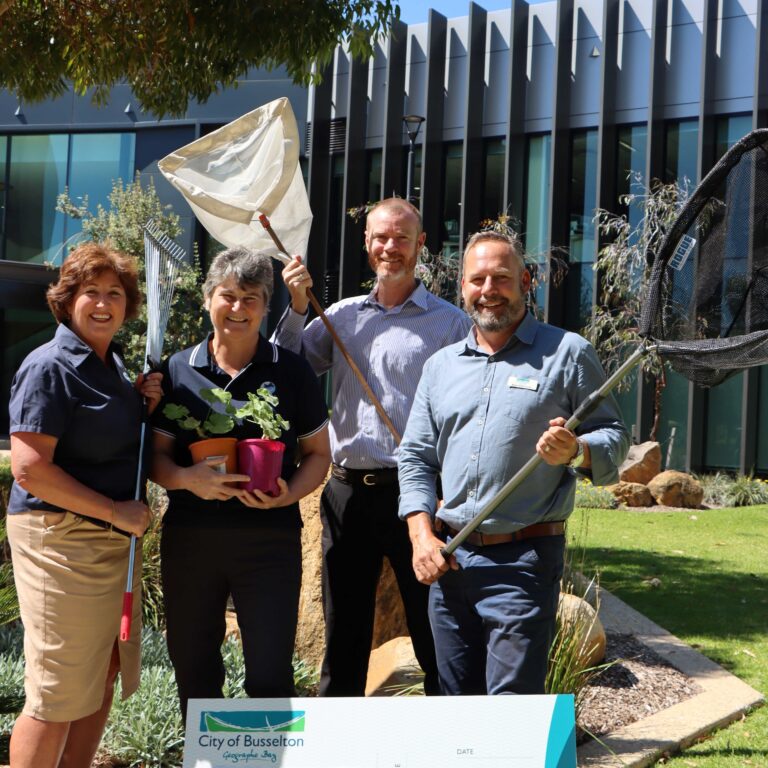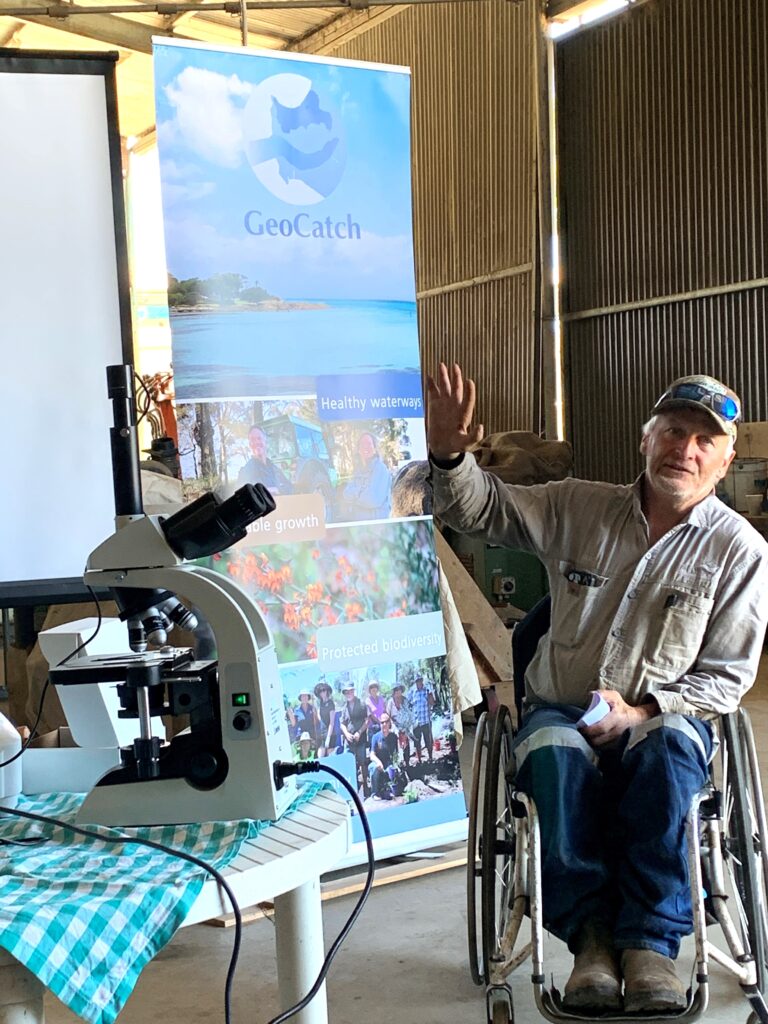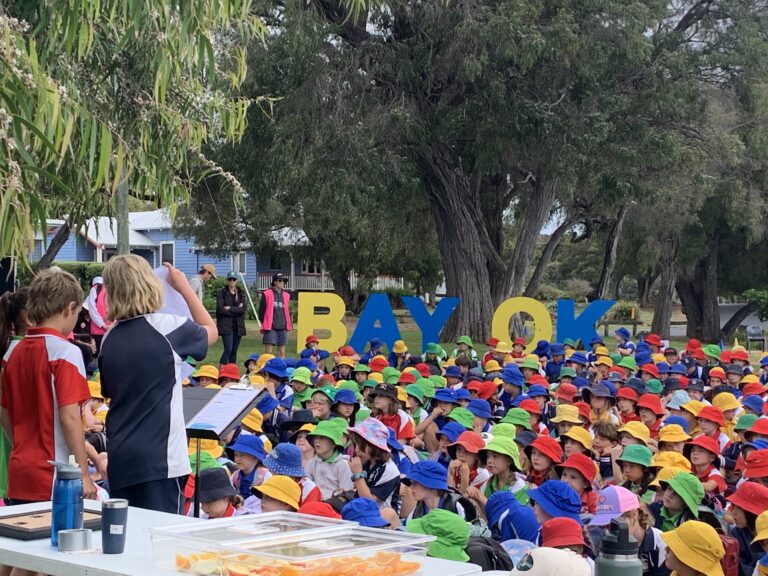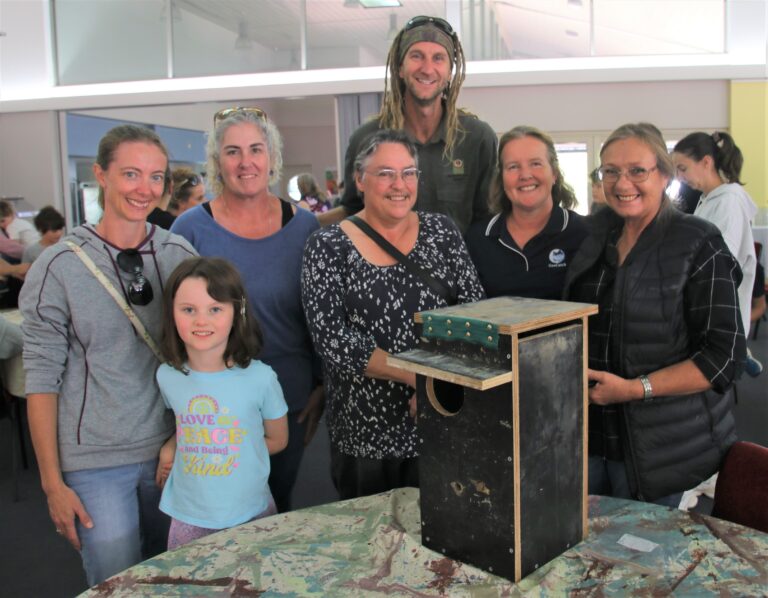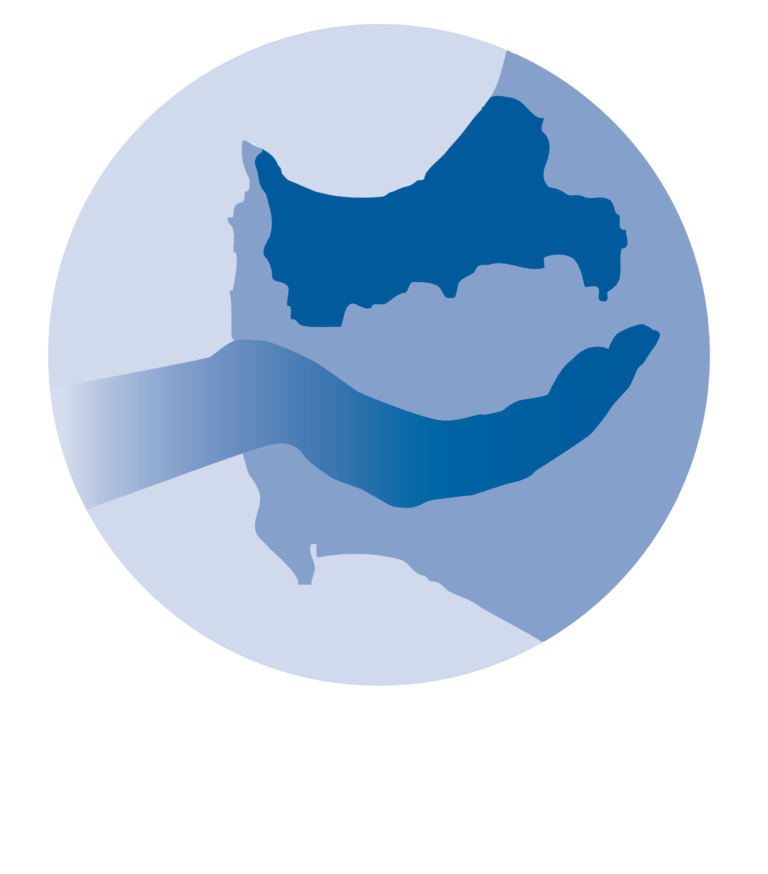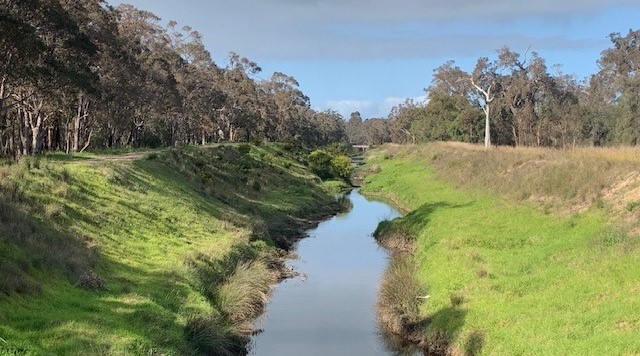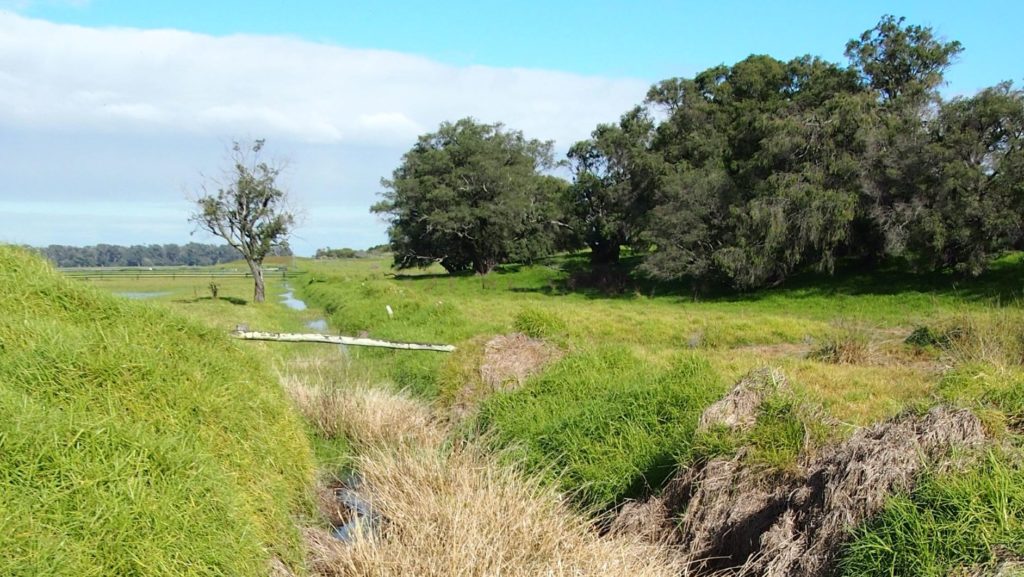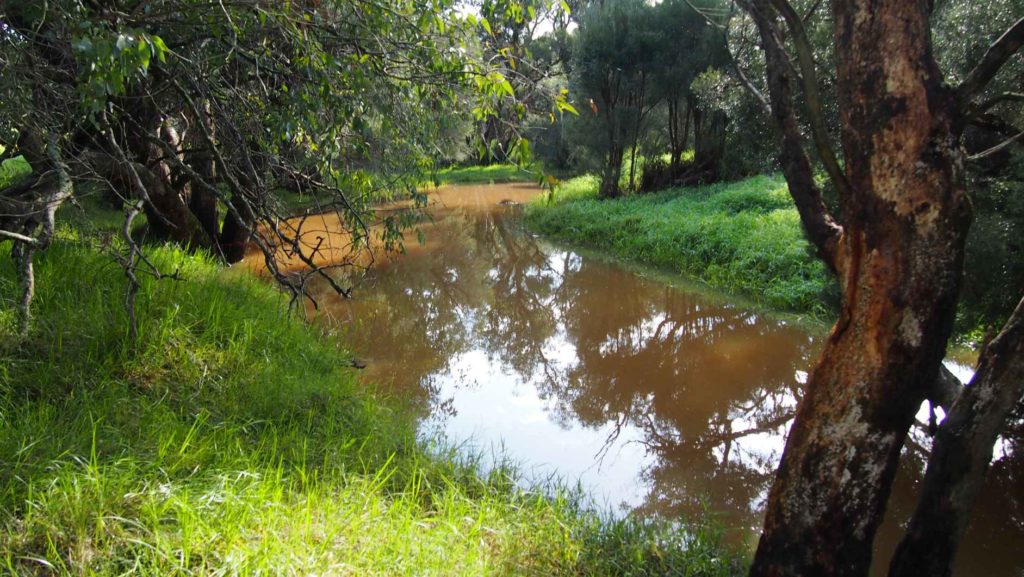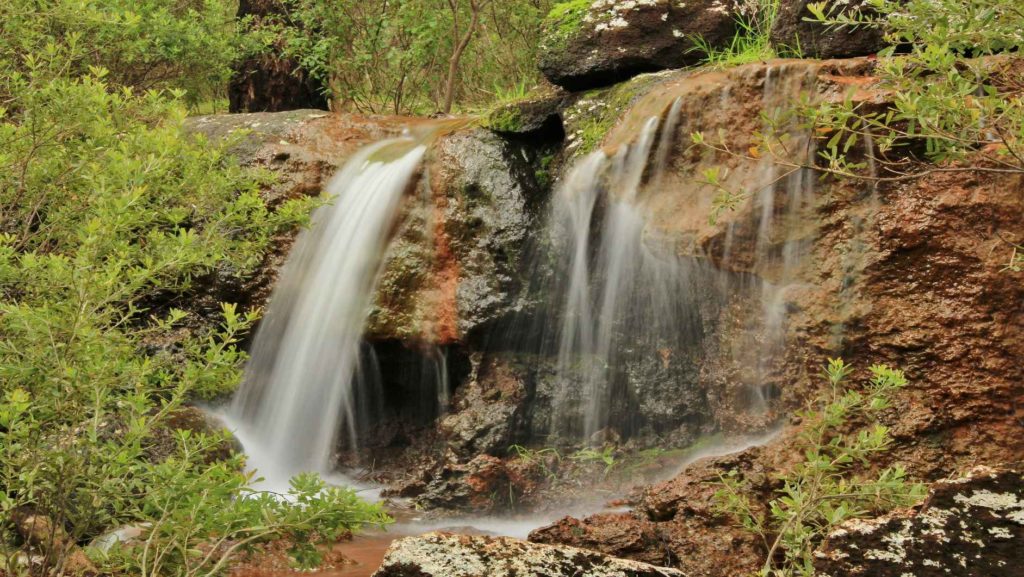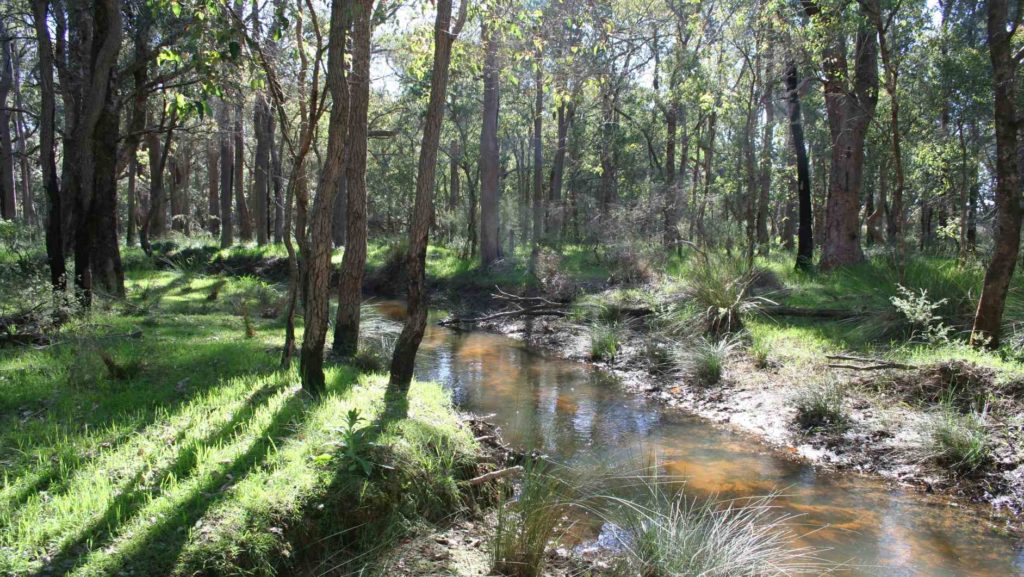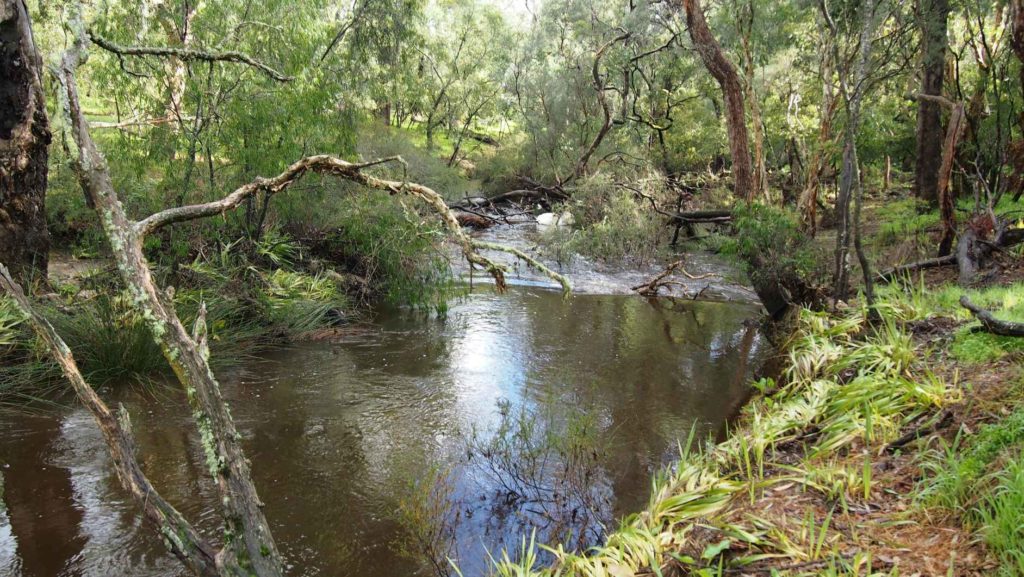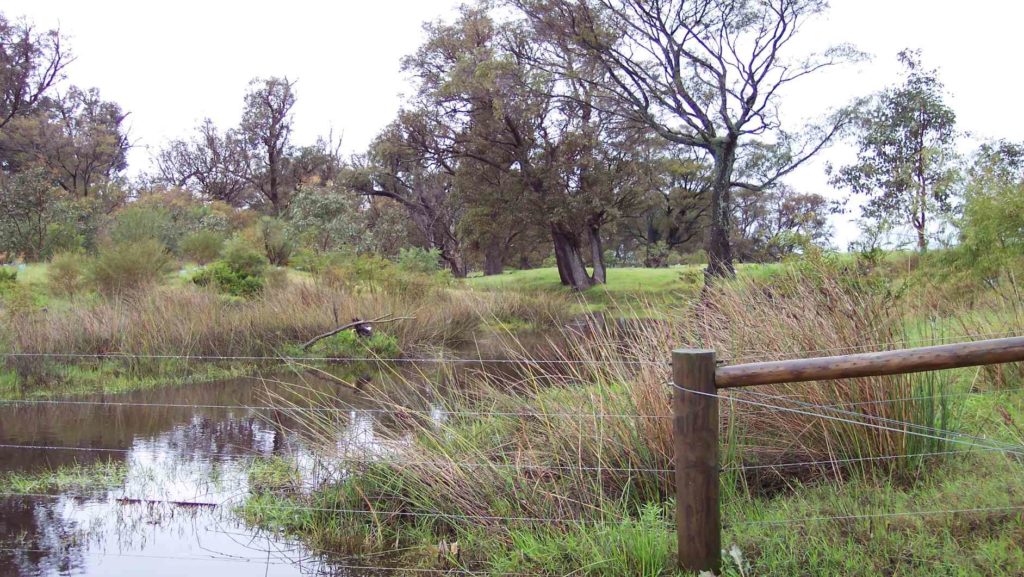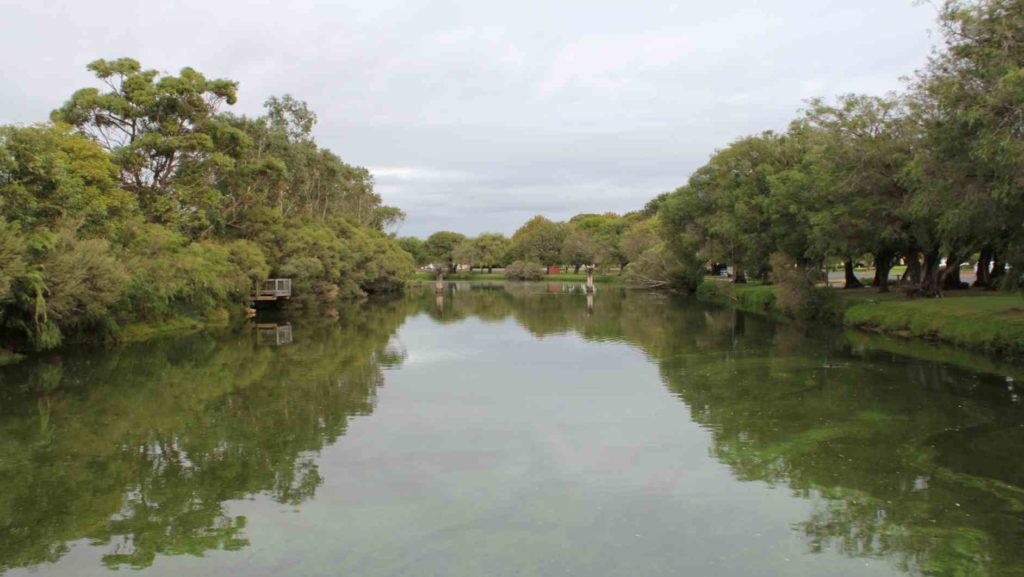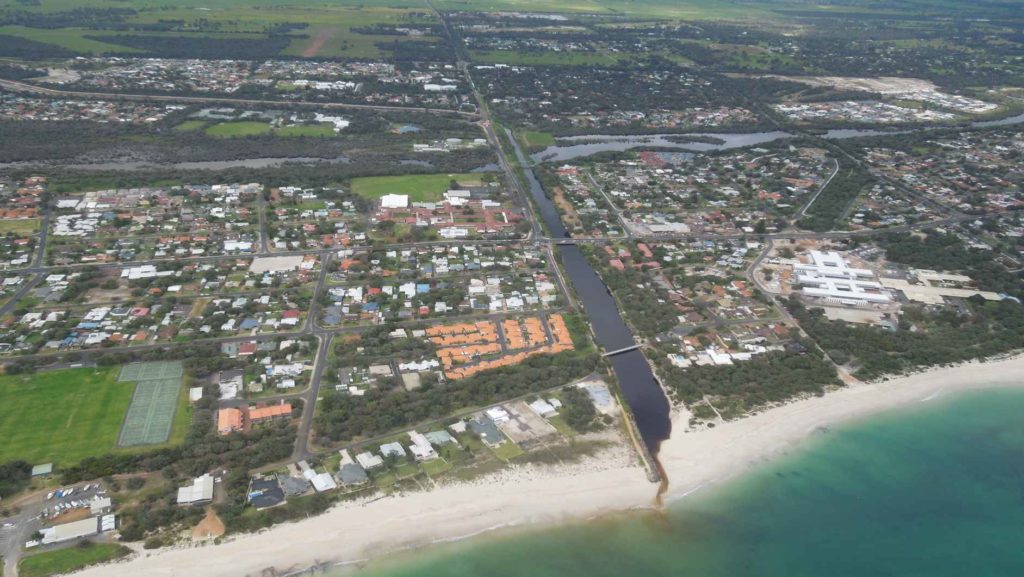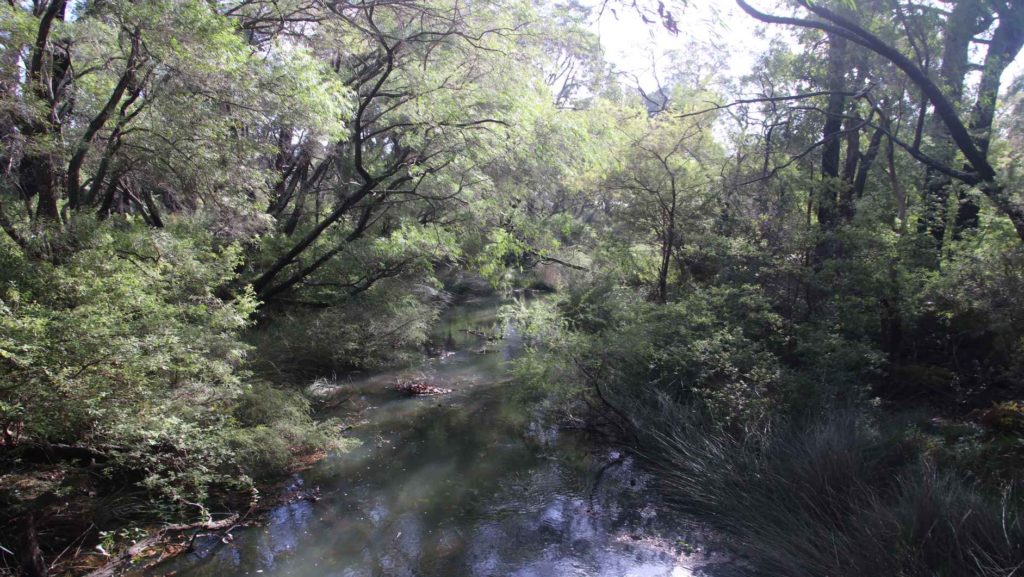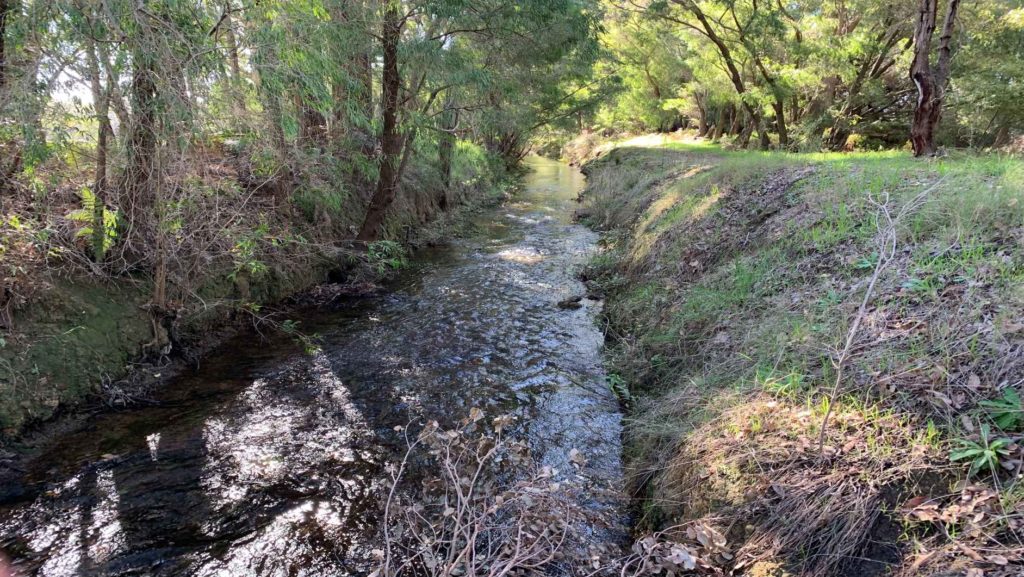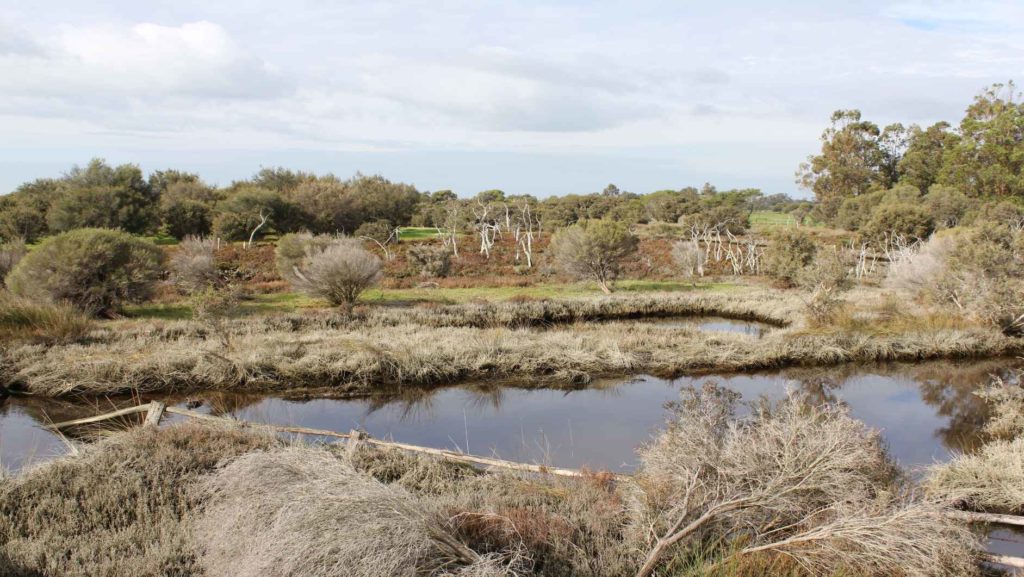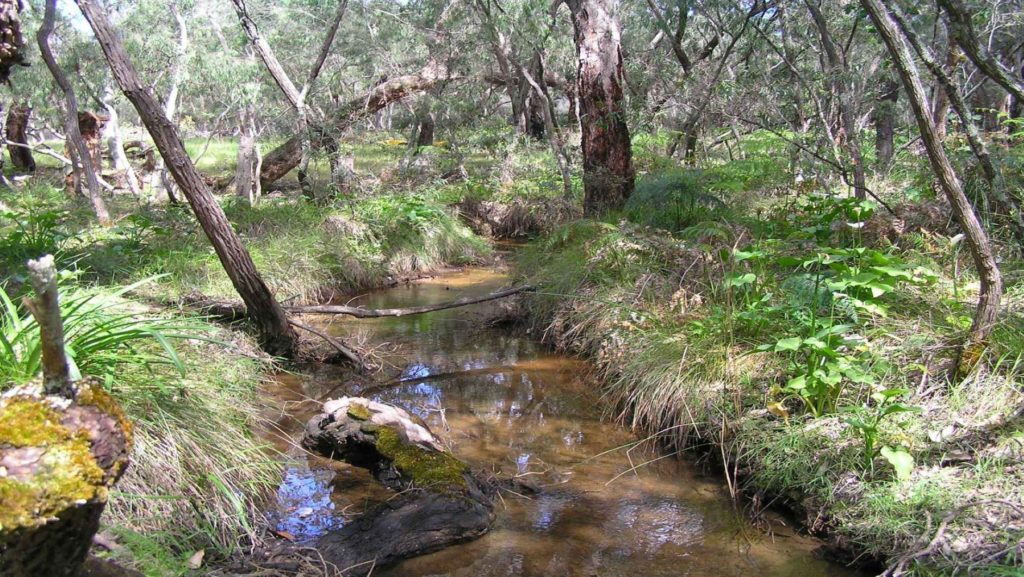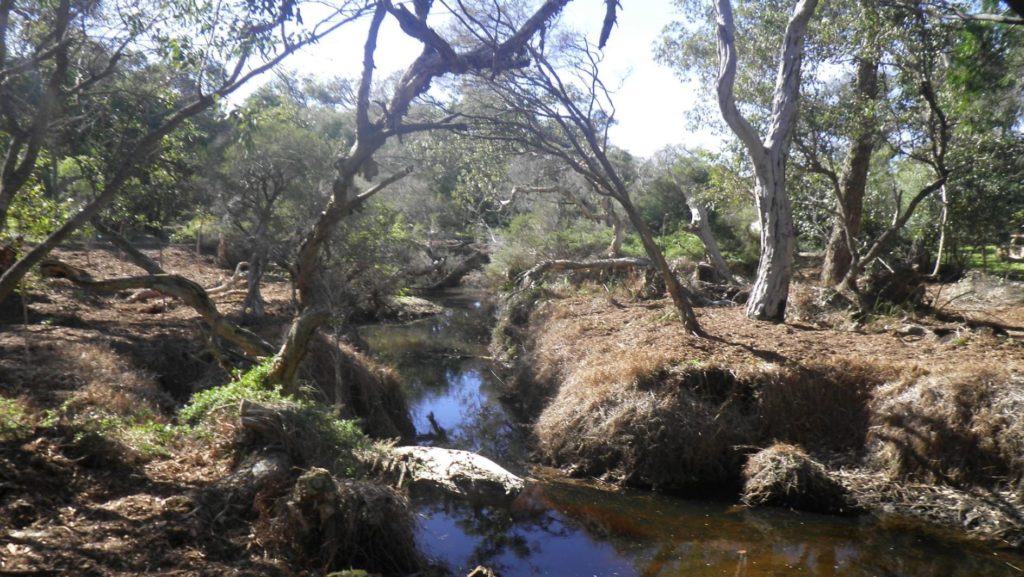Join a Community Group
Rewards beyond helping the environment.
Joining a community group is a great way to lend your skills to something meaningful, while making new friends. There are many active community groups in the Geographe Bay Catchment that work hard to protect and conserve our natural areas. These groups are essential supporters in our work to care for the Catchment.
Busselton Community Garden
Provides a place for people to come together and grow their own fruit and vegetables, using only organic methods.
Contact : 9754 1603 / website
Busselton Dunsborough Environment Centre (BDEC)
A not for profit environmental organisation which aims to promote community awareness and participation within the natural environment.
Contact: 9754 2049 / website
Busselton Naturalists Club
The largest conservation group in rural WA! The Club’s objective is to encourage interest in, and conservation of the natural environment in the south west of the state.
Contact: 9727 2474 / website
Capel Land Conservation District Committee (LCDC)
Volunteer members undertake many projects to preserve good remnant bush areas and rehabilitate degraded areas including gravel pits, working with the Capel Shire. Meetings on 4th Tuesday of the month at the Capel Community Hall at 7.30 pm.
Contact: 0400 731 614/ 0459 272 027 / email
Dunsborough and Busselton Wildlife Care
A registered not-for-profit organisation dedicated to wildlife conservation by caring for sick, injured, orphaned and displaced wildlife, with the ultimate goal of being rehabilitated back to its native environment.
Contact: 0404 235 437 / website
Dunsborough Coast and Land care (DCALC)
DCALC was formed in response to coastal erosion and development on the Dunsborough foreshore. DCALC also plays a part in maintaining reserves in Dunsborough and in the Cape Naturaliste corner, which has included the protection of possum habitat, as well as coordinating DCALC’s part in on-going monitoring of whales in the Dunsborough area.
Contact: website
FAWNA (Fostering and Assistance for Wildlife Needing Aid)
FAWNA is a government approved wildlife rescue and rehabilitation organisation for sick, injured and orphaned native fauna.
Contact: 0438 526 660 / website
Friends of Reserves
There are a number of local groups within the City of Busselton that help conserve and protect our natural environment. These include the Ludlow Forest Restoration Group, Friends of Wonnerup Beach, Friends of Broadwater Foreshore and many more. Find out if there is one at your local wetland or reserve!
Contact: City of Busselton.
Geographe Bay Wildlife Rescue
The dedicated volunteers at Geo Bay Wildlife Rescue work tirelessly to save the lives of injured, sick or abandoned wildlife by providing the wildlife with care and rehabilitation services to enable them to be returned to their native homelands.
Contact: 0488 721 424 / Wildcare Helpline 08 9474 9055 / website
Geographe Community Landcare Nursery
Local provenance indigenous native plants for landcare, revegetation, ecological, biodiversity projects and environmental restoration.
Contact: 0429 644 885 / website
Leschenault Catchment Council
Catchment management, Natural Resource Management group working north of Dalyellup to protect and restore the natural environment.
Contact: 9791 4773 /website
Lower Blackwood Catchment
A not-for-profit, community managed, constituted and independent Landcare organisation with a membership representative of landholders with an interest in sustainable agriculture, catchment management, the broader environment and river health in the Lower Blackwood catchment.
Contact: 9758 4021 / website
Meelup Regional Park Committee
Responsible for the strategic and operational management of the Park. It is also the repository for a large body of knowledge about the Park and instigates research work required to manage the Park to preserve the Parks values.
Contact: 9781 0444 / website
Nature Conservation Margaret River
An incorporated community-based catchment management group, working in partnerships to co-ordinate Natural Resource Management in the region bordering from Cape Naturaliste to Cape Leeuwin.
Contact: 9757 2202 / website
Possums R Us
Group dedicated to the care and conservation of the Western Ringtail Possum.
Contact: 0438 931 488 / Facebook
Toby Inlet Catchment Group
Non-profit community group, whose aim is to protect, preserve and repair Toby Inlet and Geographe Bay.
Contact: 0439 062 426 / website / Facebook
Western Ringtail Action Group (WRAG)
A not-for-profit community-based group of individuals and organisations who aim to protect, enhance and create Western Ringtail Possum habitat; raise public awareness, understanding and appreciation of the Western Ringtail Possum; work with local, state and federal government agencies, conservation/environmental groups and like-minded individuals to assist in the conservation of the Western Ringtail Possum and its habitat; and assist people and organisations involved in the rehabilitation of sick, injured, displaced and orphaned Western Ringtail Possums.
Contact us for more information.


